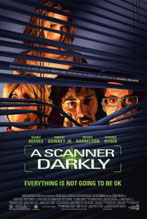Arch
443/646: Architecture and Film
Fall
2007: Course Home Page
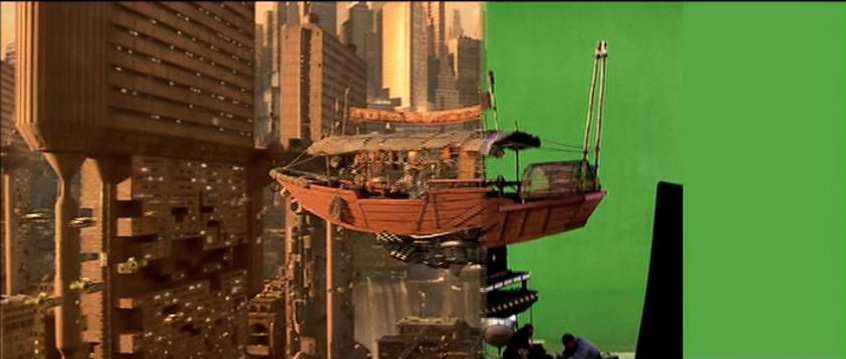
"how uncanny!"
Wednesdays 10:00 to 2:00, Cambridge, Main
Floor Lecture Hall ARC 1001
Please note: With the exception
of the first class/film, the class will begin at 10 a.m. with discussion/responses
to the previous week's film. The film listed for the week will start
around 11 a.m. "Visitors" will always be welcome to the
class.
Course Description:
This course explores the relationship between Architecture and the development
of early and modern films. Students will look at the source and portrayal
of architectural expression in film: precedents for imagery, its relationship
to the development of early modern architecture, and its vision of the
urban future.
The Theme:
Throughout the history of film, we have seen a change in the ways in which
architecture is used, portrayed and represented in film. From the scale
models of the 1920s, through to actual sets, rendered backdrops, and
now to complete green screen filming. This term we will view films with
a focus on the creation of the set, and the varying impacts of these
sets in the end result of the film.
More specifically we will be looking to define Masahiro Mori's notion of "The Uncanny Valley" as it relates to the creation of the architecture and setting for films. Mori's theory specifically focussed on feelings arising from the almost human representations in robots and androids. We will look at film sets through the same eyes. How does this theory relate to the use of scale models, painted sets, backdrops, computer generated architecture, greenscreening and combined methods, when they are used to represent "real space" in film?
The Architectural Uncanny was explored in the mid 1990s as a series of essays that focused on the Post Modern in architecture. Post Modernism, in its way of reflecting on the images of the past, sometimes in a very theatrical way, can be seen as a parallel of sorts with the creation of sets for film - that may use the past, present or create a future, in somewhat a similar theatrical fashion. Much Post Modern Architecture left the viewer with an odd feeling experience - one that was not based in "reality". Different means of portraying film sets, can create the same phenomenon.
Both of the above theoretical positions reference the explorations of the Uncanny by Sigmund Freud in the late 1800s. His references were specifically directed at the emptiness of urban space that left the user feeling uncomfortable. This referenced earlier contrasts that were studied from the idea of "the homely" - or comfort as expressed by the idea of "home", versus what had appeared in horror as the "unhomely".
From my own theoretical investigations and ideas reflecting on how these areas may be used to explore notions in film, I find that in order to classify architecture, filmic or theatrical architecture, or robots/androids as uncanny, requires that they were originally intended or design to look "real". If the original intention was not at least somewhat intentionally deceptive, then the object cannot be classified as uncanny.
Throughout the course we will be looking at as many of the "making of" mini features on the films as are possible. A great source of information on special effects is found through the periodical "Cinefex". We have started a subscription to this at Musagetes, but back issues are available from their website if anyone is interested.
The film projects, both the video and web study, will focus on this aspect of films.
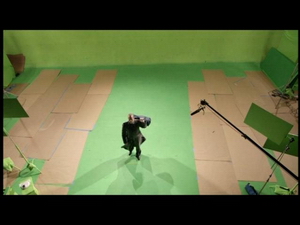
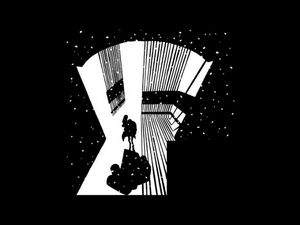
We will be using FinalCutPro to make our films this term. The films will be required to manipulate their environments to attempt to modify the direct use of architectural environments in the films. How the effects are achieved is completely up to you. Renderings, scale models, modified building environments, animation, it will be up to you.
The undergraduate and graduate work will also require the creation of a website using Dreamweaver. Masters student will prepare more "advanced" text intensive research related websites. Tutorials in both of these softwares will be provided. The website will create distinct topics related to the theme of "faking it". A reflective piece will be published in a similar mode to the "Zero Gravity Environments" work from the Fall 2005 term.
Students wishing to explore some of these ideas using iMovie, are recommended to look at some additional plug-ins that are available at http://www.imovieplugins.com/ that enable rotation of movies and adjustment of image height (when it goes sideways...). This is not meant as an endorsement of the product. It just works and the plug-ins are relatively inexpensive.... invert clip, angle clip
Pedagogic
Objectives:
The course is
intended to develop a critical perspective of the use of architecture in
film. Students will learn to examine both the medium of film and the form
and style of architecture as they relates to the development of both film
media and culture. Students will engage in research to understand the choices
and expression of architecture used in film, as well as the relationship
between the idea of the future and its relationship to both built and natural
environments.
Completion
Requirements:
The course
will be run in a seminar format. Each week we will view a film,
discuss its relevance to architecture, culture, environments, and
the perception of all three. The discussions will take
place in a “for credit” mode. Attendance is mandatory.
Two missed classes will constitute failure of the course.
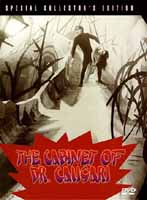 September
12
September
12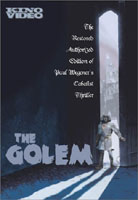

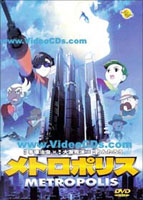

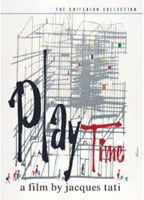
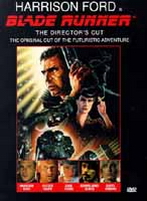
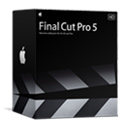
 October
17
October
17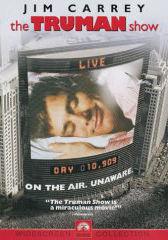
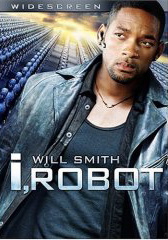
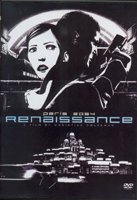
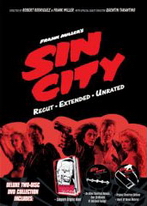 November
14
November
14